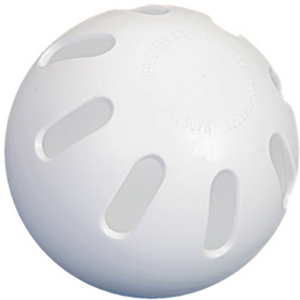The MRSA Superbug is a health threat many people have come to fear. Recent reports of the MRSA Superbug striking at schools, hospitals, and locker rooms in the United States, has prompted increased media attention to this potentially fatal “superbug.” Thirty-three year old *Kacey of western New York learned firsthand about the MRSA Superbug, after giving birth to her daughter in late September. A routine cesarean section surgery, after an otherwise healthy pregnancy, put Kacey at risk for contracting the MRSA Superbug. At the time, Kacey had no idea.
The MRSA Superbug
MRSA, formally known as Methicillin-resistant Staphylcoccus Aureus, is most likely to be found in hospitals, schools, locker rooms, and crowded environments. MRSA is resistant to many antibiotics, making it difficult to treat if misdiagnosed. Kacey’s month long battle with the MRSA Superbug began at Millard Fillmore Suburban Hospital in Williamsville, New York, a suburb of Buffalo. Despite several calls and visits to her doctor, and increased symptoms, Kacey’s own persistence was what ultimately led her to treatment for the MRSA Superbug.
Early Symptoms of MRSA
MRSA is not always easy to detect in the early stages. Kacey describes her first symptoms as being hard to distinguish from a post-surgical infection. “At first, I noticed that a few red bumps, like boils, had emerged near where my staples were from the Cesearean Section. Then there were more, and a few had pus.”
Kacey made a doctor’s appointment with her obstetrician to have the infection checked. Her doctor prescribed Keflex, an antibiotic. “I thought that the medication would clear up the alleged infection at that time, so I took the ten day course of Keflex and didn’t think too much about it. I was disturbed, though, when reports of the MRSA Superbug began to air on the local news.”
MRSA Returns with a Vengeance
Kacey’s fears that she may have something more than an ordinary post-surgery infection took hold the day after she finished the round of Keflex treatment. “I noticed new boils below the surgery site and on my ribs and legs,” Kacey explained. When Kacey returned to show the new boils to the doctor, she was told that the boils on her ribs and legs were, “unrelated,” to the original infection. She was told to “clean the boils,” and call if she wanted a new prescription for another round of Keflex. Kacey did call after two days, and began another round of Keflex.
Kacey trusted her doctor’s advice for the next five days. After suffering through nearly a week of fever, chills, night sweats, fatigue, and pain at the site of the boils, Kacey knew that her symptoms were taking a turn for the worse. When her doctor called to see how she was doing, Kacey was shocked when she was asked if she would like to get her prescription called in to the pharmacy. She had already been taking the antibiotic for nearly a week without relief from the new symptoms.
In Search of a Diagnosis
Kacey took matters into her own hands and relied on the internet to research her symptoms. After reading information about the MRSA Superbug, and hearing more reports about new cases on the news, Kacey feared her health was at risk. Kacey made an appointment with her primary physician for a second opinion. As it turned out, the second opinion was the one which meant the most to Kacey’s recovery.
“My doctor immediately ordered a test for MRSA. He obtained a sample from one of the boils, which still had pus in it,” Kacey reports. The testing would take 3-5 days, but when a positive result for MRSA came back, Kacey was both, “shocked and relieved”, she states. After nearly a month long battle with undiagnosed MRSA, Kacey was finally going to get treatment.
The doctor prescribed Bactrim and Kacey began her treatment. Millard Fillmore Suburban Hospital was notified, as well as the Department of Health. One of the hallmark features of MRSA was its resistance to common antibiotics. Kacey’s condition worsened after the first round of the antibiotic, Keflex. The more serious symptoms of a fever that fluctuated between 101 and 104 degrees, fatigue, and night sweats were red flags that her condition had become more dangerous.
Surviving the MRSA Superbug
MRSA can wreak havoc on the formerly healthy if left untreated. Kacey contracted the MRSA Superbug in the hospital after a surgical childbirth, both risk factors for MRSA. What started out as a few boils near the surgical site, turned into a month long battle with the MRSA Superbug, though until Kacey sought a second opinion, MRSA went undiagnosed.
When asked whether she had anything to share about her battle with the MRSA Superbug, Kacey was quick to offer this advice. “If anyone thinks they may have symptoms similar to MRSA, do not hesitate to advocate for a second opinion. Untreated MRSA can be dangerous, and have serious health consequences. Trust your own instincts, and get a MRSA test as soon as possible.”
*Kacey’s real name has been changed, at her request, to protect her privacy


